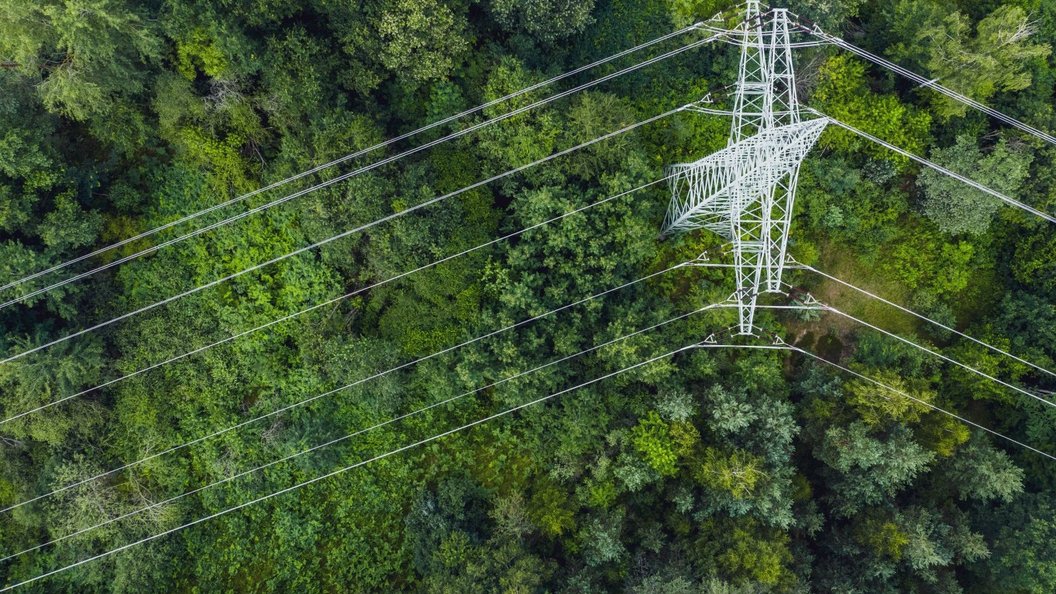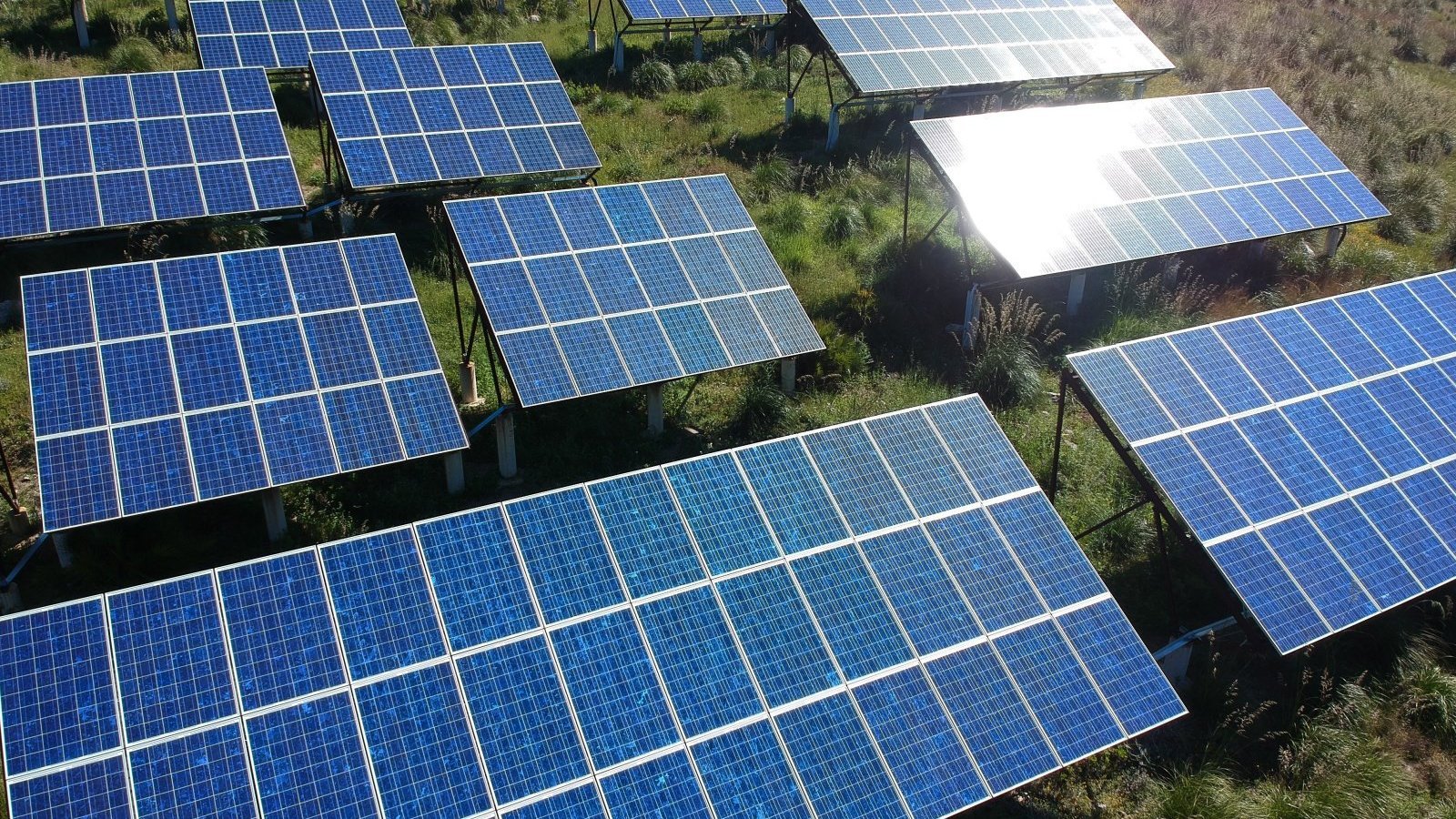Solar energy is booming – across Switzerland, Europe and the world. This is encouraging in terms of decarbonising electricity production, but it also brings challenges for electricity grids and power prices. The need to make the energy system more flexible is growing. Alpiq is also systematically expanding its flexibility portfolio.

In the EU alone, installed solar capacity surpassed 100 gigawatts in 2018 and had reached 269 gigawatts by the end of 2023. In fact, last year alone, capacity increased by 56 gigawatts. The European solar association SolarPower Europe predicts that the boom will continue – albeit at a slightly slower pace. This is encouraging in terms of decarbonising electricity production, but it also brings challenges: electricity grids are not keeping pace with the growth in solar capacity and power prices during hours with high solar generation have steeply decreased. It is no longer uncommon to see negative power prices.
Efficient integration
The capacities of distribution and high-voltage grids will have to be expanded to cope with the generation peaks on sunny days. Otherwise, there is a risk of expensive blackouts due to electricity surpluses that cannot be absorbed, which would have a big impact on society and the economy. This grid expansion costs billions, often involves lengthy authorisation procedures and meets social resistance – especially in the case of high-voltage lines. But the market signals are clear: when too much electricity is produced without demand for it, the price tips into negative territory. This year, these negative prices have occurred more and more frequently. We therefore have to increase our capability to better integrate intermittent production into our electricity system.
More flexibility, more efficient energy system
Optimisation options are available, such as increasing the flexibility of the energy system and demand-side response driven by tariffs that reflect the hourly price of electricity, creating incentives for producers and consumers to adapt their production or consumption profiles. The key word here is storage. Through the use of storage technologies, the grid expansions needed to handle the peaks can be reduced or at least delayed.

Tried-and-tested storage solution
Thanks to the alpine topology in our home country Switzerland, we can look back on a long track record when it comes to storing water in reservoirs. In our hydropower plants, we can turbine the water when electricity is needed and stop it when there is enough. Pumped storage power plants can even absorb excess electricity by pumping water up into the reservoir and storing it there temporarily, thereby helping to stabilise the electricity system. Pumped storage power plants can be deployed quickly, switch from pump to turbine mode and, unlike other technologies, can absorb large amounts of electricity.
Batteries on the rise
The increased deployment of variable renewable energy from solar and wind generation creates growth potential for battery energy storage systems (BESS). These systems – from utility-scale storage systems to domestic solar batteries in household basements – are characterised by their high deployment speed and can therefore stabilise the grid. Worldwide, BESS capacity grew by more than 100% in 2023, and by 73% in Switzerland. No other energy technology is recording similarly high growth rates. And the market is far from being exhausted. In Switzerland, the new Electricity Act that comes into force in 2025 will promote the use of BESS. Smart electricity meters and dynamic electricity tariffs could provide additional incentives for the market-oriented use of battery storage across Europe and hence contribute to increasing the security of supply.

The energy transition requires flexibility to integrate the increased wind and solar capacities. We can support this integration by combining our expertise in flexible energy generation and storage with additional investments.
Optimising energy consumption
Electric cars can also function as mobile battery storage units. To ensure that they can be charged when there is too much electricity on the market, incentives are needed in the form of dynamic tariffs. Dynamic tariffs would make a significant contribution to optimising self-consumption of the solar power produced on domestic, commercial and factory roofs by combining solar and battery systems instead of feeding in all that is produced.
To further limit grid expansion to meet the peak production capacities, measures like peak-shaving could be implemented. Solar systems would then be curtailed to 70% of their output during peak hours. In Switzerland, the legal basis for dynamic curtailment has been created and will come into force at the beginning of 2025. In Germany, compensation is already provided for curtailed electricity from renewable energies.
Providing flexibility as a strategic pillar
Alpiq recognises the challenges involved in increasing the share of variable renewable energy to enable the energy transition, which is why we are focusing on investment in flexible generation and energy storage. With our highly flexible portfolio of power plants in Switzerland, Spain, Italy and Hungary, we are facilitating the integration of fluctuating electricity generation from renewable energies and thereby contributing to security of supply. In Switzerland, for example, the high-performance Nant de Drance and Hongrin-Léman pumped storage power plants can respond immediately to changes in demand and generation. At Nant de Drance, water from the Emosson reservoir is pumped up to the higher Vieux Emosson reservoir in the event of an oversupply of electricity, while at Hongrin-Léman, water from Lake Geneva is pumped up to the Hongrin reservoir.

Partnerships and synergies
Alpiq is also systematically expanding its flexibility portfolio through the addition of BESS. Assets such as these can contribute to grid stability by providing grid services to transmission system operators such as Swissgrid. In summer 2024, Alpiq acquired one of the largest BESS projects in Finland: a 30-megawatt battery that is currently under construction and will go into operation in mid-2025. We also operate a pooling platform for battery storage in Switzerland, which allows the batteries to participate in the ancillary services markets. We also expect to expand these services internationally.
Alpiq relies on strong partnerships to utilise synergies and bundle expertise. “The energy transition requires flexibility to integrate the increased wind and solar capacities,” says Lukas Gresnigt, Head of Alpiq’s International division and a member of the Alpiq Executive Board. “We can support this integration by combining our expertise in flexible energy generation and storage with additional investments.”
